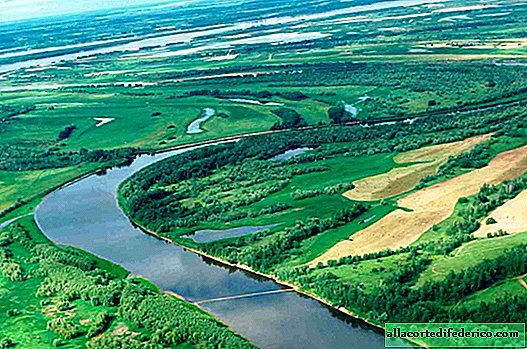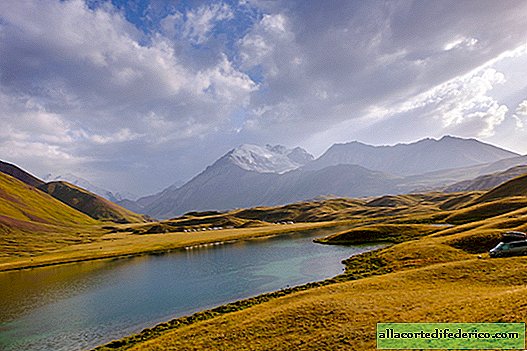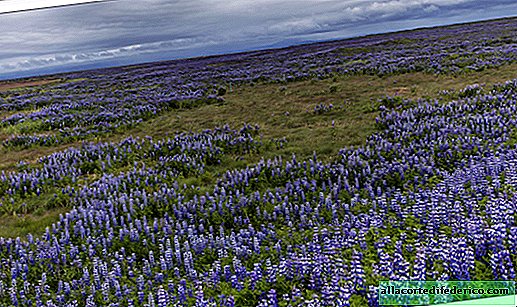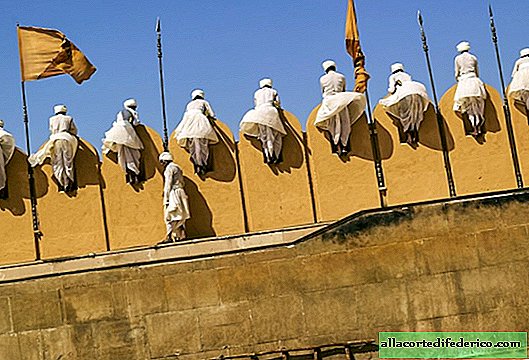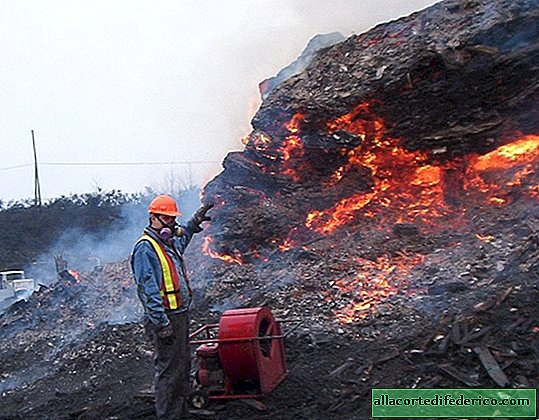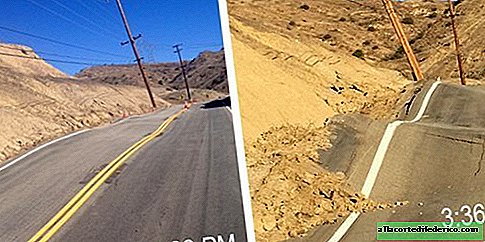The Amazon forests used to be the sea
The Amazon rainforests are one of the main mysteries of our planet. Their diversity and wealth has long occupied the minds of scientists struggling with the question of how the geological history of the Amazon formed such a unique ecosystem. New research seems to have shed some light on this mystery.
Sea worries times
The humid tropical forests of South America are distinguished by a huge wealth of flora and fauna. The variety of animals and plants there is much greater than in the tropical forests of Africa and Asia. A tenth of all the described species of animal and plant worlds live in the Amazon. These are at least 40 thousand species of plants, 3 thousand species of fish, 1294 species of birds, 427 species of mammals, 428 species of amphibians, 378 species of reptiles and from 96,660 to 128,843 species of various invertebrates.
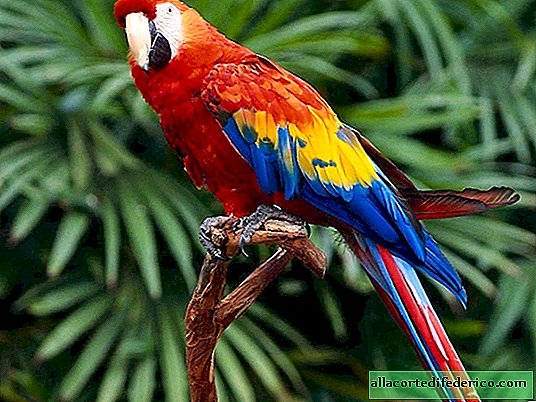
How did the Amazon get such wealth?
One theory claims that western Amazonia was flooded with sea water during the Miocene era, from 23 to 5 million years ago. Perhaps this created an environment in which new species could develop. In general, scientists agree with this assumption, but they can’t agree on how exactly this flood happened and how strong it was.
A study published at the beginning of 2017 in Science Advances says that the Amazonian forests were flooded twice in the Early and Middle Miocene (about 18 and 14 million years ago). The authors of the study believe that the Caribbean Sea penetrated the South American continent through the territory of modern Venezuela and Colombia. When the water moved deeper into the continent, it first became a less deep marine ecosystem, and then a transitional water zone, which eventually gave way to land. Geological studies show that in Colombia, the first flood lasted 900 thousand years, and the second - 3.7 million years. In western Amazonia, the most remote from the coast, water lasted 200 and 400 thousand years, respectively.
Shark in the jungle
The scientists' assumption is confirmed by unusual finds that regularly occur in the Amazon jungle. For example, shark teeth were found in Colombia. Perhaps these are traces of a black-feathered shark or a hammerhead shark in the Amazon. Also in these places were found the remains of ornate crayfish, which usually burrow into the sandy and dirty bottom of tropical seas.

Pictured: Blackfin Shark
Researchers believe that the Amazon rainforest is a very dynamic system that has changed many times over its history. And although now it is a jungle the size of the USA, almost 14 million years ago there was a real ocean on this place.
True, not all scientists agree with them. Some skeptics believe that even if this territory was flooded with sea water, the reason for the rapid diversity of the flora and fauna in these places may be completely different.
The Amazon hides many mysteries for science in its thickets.

